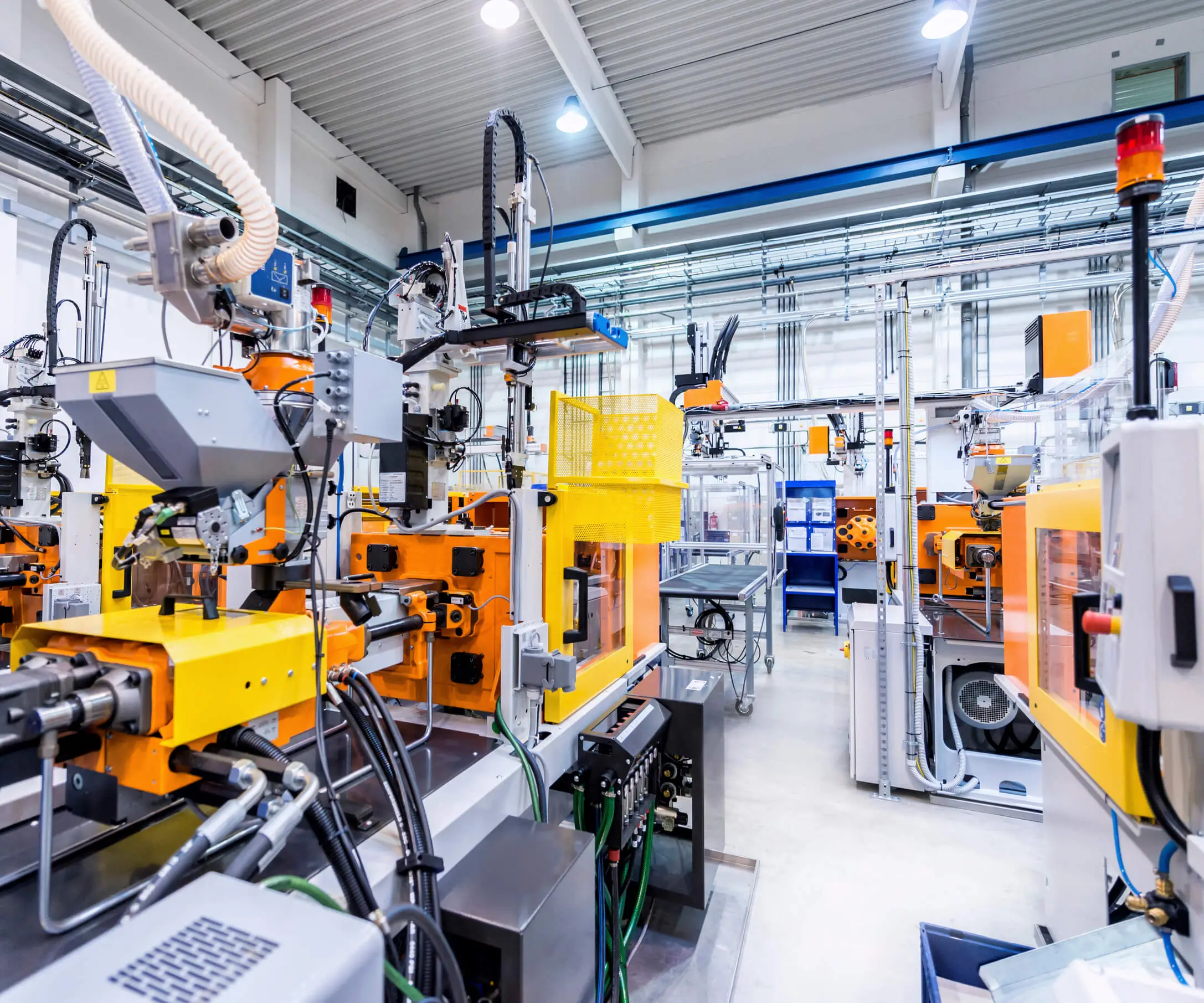part 1:
Imagine a world where machines move with purpose, responding to your commands or environmental cues with precision and grace. This is the magic of Arduino paired with servo motors—a combination that unlocks endless possibilities for automating projects, creating robotic systems, or even engineering interactive art. Whether you’re a seasoned maker or just starting out, understanding how these two work together opens a pathway to turn your ideas into reality.

What Is Arduino? At its core, Arduino is a microcontroller platform—think of it as the brain that can be programmed to control various devices, sensors, and actuators. Its simplicity and open-source nature make it immensely popular among hobbyists, educators, and engineers alike. The Arduino ecosystem involves a versatile microcontroller board, a friendly development environment (the Arduino IDE), and a vast community sharing projects and solutions.
The beauty of Arduino lies not just in its accessibility but in its flexibility. It supports numerous sensors—light, temperature, distance—and outputs such as LEDs, motors, and displays. For anyone venturing into automation or robotics, Arduino provides the perfect starting point because of its straightforward programming language based on C/C++, and its robust library support.
What Is a Servo Motor? Servo motors are specialized actuators designed to precisely control angular or linear position, velocity, and acceleration. Unlike regular motors that spin continuously, servos are governed by a control signal—usually a PWM (Pulse Width Modulation) signal—that tells them exactly where to move and hold their position.
A typical servo motor consists of a motor coupled with a gear train, a position-sensing feedback device, and a control circuit. The result? You can command a servo to rotate to a specific angle (say, 90 degrees) and it will move there accurately. Once in position, it maintains that stance until given new instructions.
Their applications are diverse: robotic arms, remote-controlled vehicles, pan-tilt camera systems, and animatronics are just some examples. The combination of Arduino and servo motors allows for straightforward and effective control of these precise movements.
Getting Started with Arduino and Servo Motors A typical beginner project might involve controlling a servo with a simple potentiometer. This lets you learn the basics of reading sensor input and translating that into motion. To do this, you’ll need a few components:
Arduino board (like Arduino Uno) Servo motor (commonly the SG90 or MG996R) Potentiometer (for analog input) Breadboard and jumper wires Power supply (if needed)
The idea is simple: turn the potentiometer knob, and the servo moves accordingly. This project introduces key concepts like PWM control, reading analog inputs, and using the Servo library in Arduino IDE.
Step-by-step: Basic Servo Control
Connect the servo's power (usually red) and ground (black or brown) pins to Arduino's 5V and GND. Connect the control (yellow or white) pin to a PWM-capable digital pin, e.g., pin 9.
Attach the potentiometer's two outer terminals to 5V and GND. Connect the middle terminal to an analog input pin, e.g., A0.
In Arduino IDE, include the Servo library: #include
Define a Servo object and initialize variables for sensor reading.
In the setup() function, attach the servo to its pin.
In the loop(), read the potentiometer value, map it from 0-1023 to 0-180 degrees, and command the servo to move to the mapped position.
This straightforward setup lays the foundation for more complex projects, such as robotic arms that follow your hand gestures, automated camera systems, or even interactive art installations.
Expanding Your Projects: Beyond Basics Once comfortable with controlling a single servo, you can scale your projects. For instance:
MultiServo Robots: Build a robotic arm with multiple servos controlling shoulder, elbow, and wrist movements. Program coordinated motions to perform pick-and-place tasks or mimic human actions.
Sensors Integration: Use ultrasonic distance sensors to make servo-based obstacle-avoidance robots, perfect for experimenting with navigation algorithms.
Wireless Control: Incorporate Bluetooth or Wi-Fi modules to control servos remotely via smartphone apps. Imagine a remote-controlled robotic platform with responsive steering.
Automated Art Installations: Create kinetic sculptures or illuminated displays that react to sound, music, or viewer interaction.
Powering Your Projects Safely Power management is crucial when dealing with multiple servos, especially larger ones that draw more current. The Arduino’s onboard 5V supply may not suffice, leading to instability or damage. Consider using an external power supply matching the voltage and current requirements of your servos.
Additionally, always connect the grounds of your power source and Arduino together to ensure proper signal referencing. Proper wiring and power distribution help prevent erratic behavior and maximize project longevity.
Troubleshooting Tips
Ensure your servo’s power and ground connections are solid. Use the correct PWM pin; not all digital pins support hardware PWM. If servos jitter or twitch, try adding a dedicated power source or smoothing capacitors. Test servo movement independently to verify good operation before integrating into larger projects.
In Summary Harnessing Arduino with servo motors is an inspiring gateway into the world of automation and robotics. It allows makers to translate digital commands into tangible, precise movements. As you gain experience, you'll realize that controlling servos isn't just about moving parts—it's about unlocking potential, crafting interactive experiences, and pioneering innovations.
Ready to delve deeper? In the second part, we’ll explore more advanced project ideas, programming techniques, troubleshooting strategies, and tips for scaling your Arduino servo projects into complex, real-world applications.
Established in 2005, Kpower has been dedicated to a professional compact motion unit manufacturer, headquartered in Dongguan, Guangdong Province, China.




































